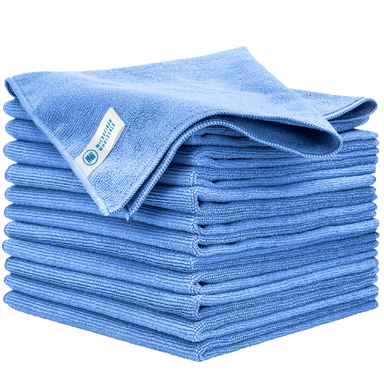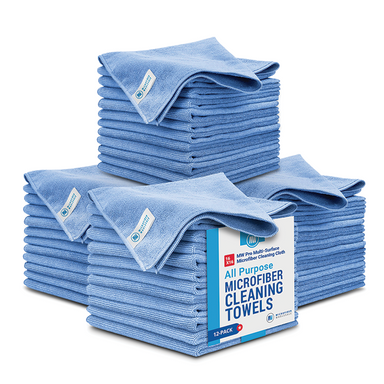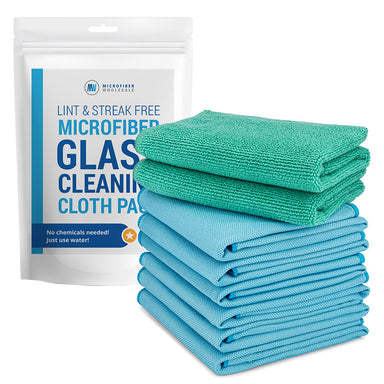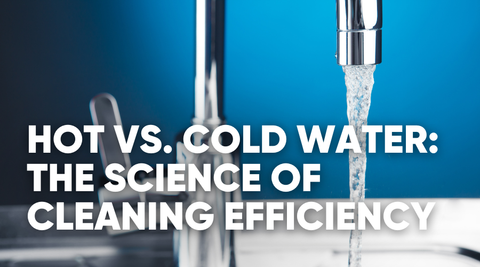Environment-Based Maintenance Schedules (for Residential Settings)
Different areas of a home put stainless steel under different types of stress. Whether you’re caring for a beach house, an outdoor grill, or a kitchen filled with stainless steel appliances, knowing the environmental risks helps tailor your cleaning routine.
Coastal Homes (Indoors or Outdoors)
Risks: Salt air from open windows, high humidity, sea spray on patio furniture or grills
Recommended schedule:
-
Wipe down indoor appliances (fridges, ovens, etc.) with fresh water weekly, even if they look clean
-
Outdoor stainless (grills, hardware, railings) should be rinsed and dried 1–2× per week
-
Inspect crevices (like grill handles, door seams, and underneath magnets) monthly for early rust spots
-
Use 316-grade stainless outdoors if possible, especially within a few miles of the ocean
Tip: Fridge doors near open windows or patio doors may rust faster than interior appliances—especially if 430 steel is used.
Poolside Fixtures and Outdoor Kitchens
Risks: Chlorinated splash, wet towels hung on appliance handles, humidity buildup in enclosed spaces
Recommended schedule:
-
Wipe and dry stainless after any pool use or splash exposure
-
Clean and dry outdoor kitchens daily during swim season
-
Watch for rust forming on BBQ grills, cabinet hinges, or outdoor fridge panels
-
Use gentle cleaners with no bleach or acids, and rinse thoroughly
Even small amounts of chlorine residue from wet towels or hands can cause corrosion over time.
Busy Family Kitchens
Risks: Food salt, acidic spills, cleaner buildup, steam from dishwashers and stoves
Recommended schedule:
-
Wipe kitchen appliance fronts daily or after heavy use
-
Dry with microfiber to prevent water spots
-
Clean under handles and around seams weekly
-
Use non-chloride stainless steel cleaners to restore shine and remove fingerprints
Don’t overlook lower areas like toe kicks or base trim, drips and mops often leave cleaner residue that builds up over time.
Laundry Rooms & Utility Areas
Risks: High humidity, bleach exposure, water softener salt residue
Recommended schedule:
-
Clean and dry stainless washer/dryer exteriors weekly
-
Rinse off any drips from detergent, bleach, or softener immediately
-
Keep storage bottles capped to avoid vapor damage to nearby stainless surfaces

















